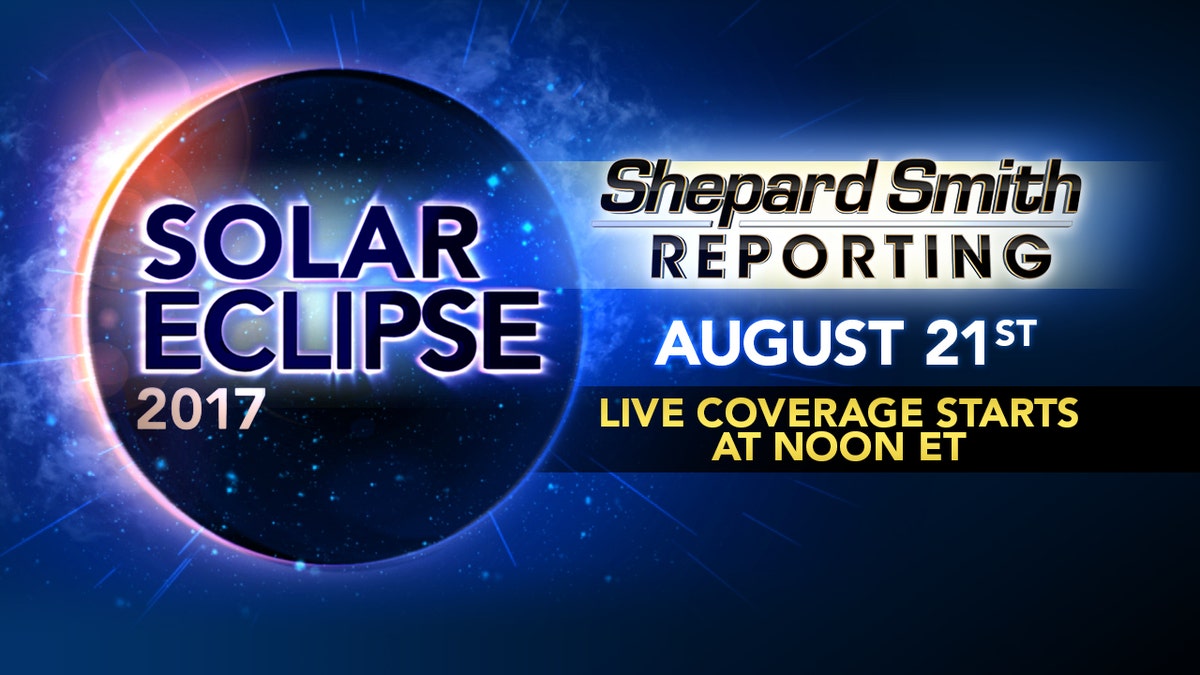
Photo illustration (Credits: NASA/Faroe Islands/SwRI)
A team of NASA-funded scientists will be chasing next month’s solar eclipse across America in a pair of retrofitted WB-57F jets.
Scientists will use twin telescopes mounted on the noses of the research planes to capture crystal–clear images of the Sun’s corona, or its outer atmosphere. The telescopes will also be used to capture the first-ever thermal images of Mercury, according to NASA, with the images showing how temperature varies across the planet’s surface.

SOLAR ECLIPSE 2017: NASA ISSUES SAFETY WARNING
The eclipse on Aug. 21 will last just two-and-a-half minutes for most people, but for the researchers in the WB-57F jets, it is expected to last over seven minutes.

“These could well turn out to be the best ever observations of high frequency phenomena in the corona,” says Dan Seaton, co-investigator of the project and researcher at the University of Colorado in Boulder, Colorado, in a statement. “Extending the observing time and going to very high altitude might allow us to see a few events or track waves that would be essentially invisible in just two minutes of observations from the ground.”
'GREAT AMERICAN ECLIPSE' 2017: WHAT IT IS, WHEN IT'S HAPPENING AND WHY YOU HAVE TO SEE IT
The two planes will launch from Ellington Field near NASA’s Johnson Space Center in Houston and will observe the total eclipse for about three and a half minutes each as they fly over Missouri, Illinois and Tennessee, NASA said.
The space agency is funding 11 solar eclipse-related science projects across the country.
